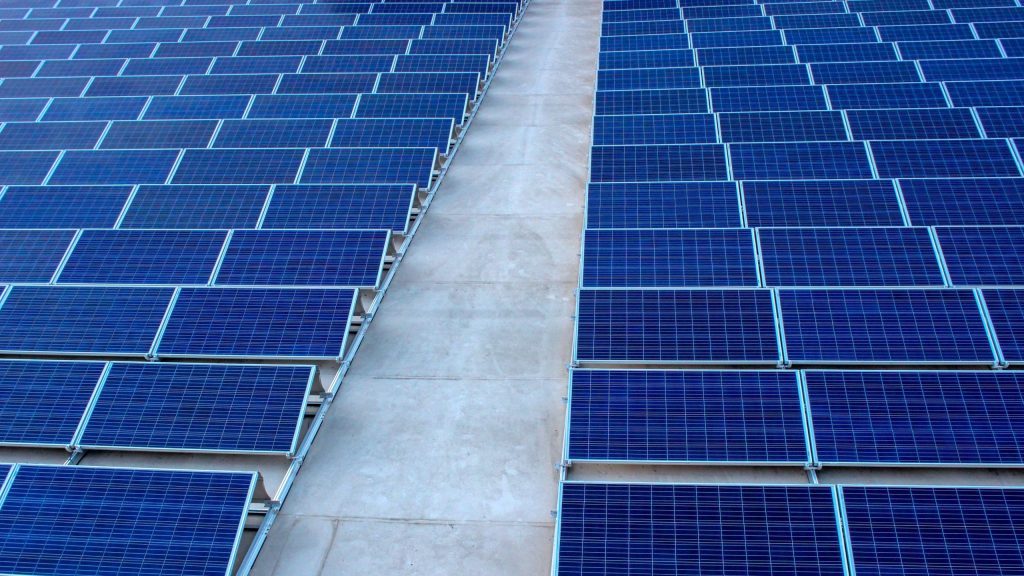
Policy Solution
Solar panels
Lead by Example

Case Studies
Summary
Installing solar panel systems on rooftops provide the dual benefits of providing renewable energy as well as direct cooling to buildings. Governments can install solar panels on publicly-owned property to demonstrate effectiveness and encourage local residents to adopt solar. Solar energy can also help governments reduce their energy costs and save taxpayer dollars.
Implementation
Identify appropriate publicly-owned sites and install solar panels.
Considerations for Use
Solar panels can be applied in a diversity of climates and contexts with low maintenance costs. Governments may also consider installing solar on remediated brownfields or other under-utilized sites.
Overview
Climate:
Cold, Hot/Dry, Hot/Humid, TemperatePolicy Levers:
Lead by ExampleGovernments have ownership and jurisdiction over a range of assets (e.g. buildings and streets) and also serve as a direct employer, and contractor. This allows them to promote heat risk reduction and preparedness solutions and demonstrate their impact through leading by example with proactive interventions to make their assets, employment opportunities, and contracts heat-resilient.Trigger Points:
Evaluating or initiating major city infrastructure projectsIncludes projects such as city transit, street or utilities construction / re-construction etc.Planned new developmentIncludes Greenfield or brownfield development or new constructionSubstantial rehabilitationIncludes the re-development or major renovation projects.Intervention Types:
Buildings and Built FormSectors:
Buildings, Public Works
Case Studies
Impact
Target Beneficiaries:
ResidentsPhase of Impact:
Risk reduction and mitigationMetrics:
Amount of energy produced by solar energy, Energy savings
Implementation
Intervention Scale:
BuildingAuthority and Governance:
City governmentImplementation Timeline:
Medium-term (3-9 Years)Implementation Stakeholders:
City governmentFunding Sources:
Public investmentCapacity to Act:
High, MediumBenefits
Cost-Benefit:
LowPublic Good:
LowGHG Reduction:
MediumCo-benefits (Climate/Environmental):
Reduce greenhouse gas emissionsCo-benefits (Social/Economic):
Create jobs, Save on utilities
